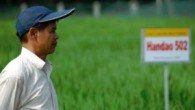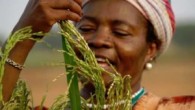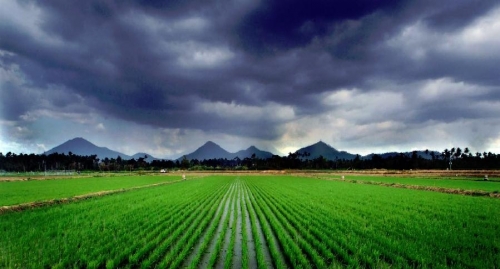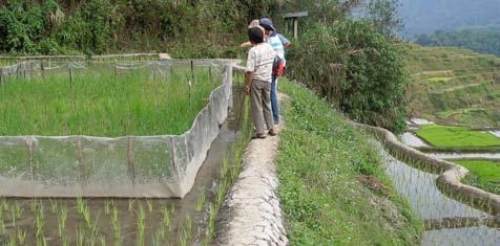Tag Archives: sustainable agriculture
Rice is the staple food for around two-thirds of the Chinese people. China ranks first in annual total rice production (about 185 million tons) and second, after India, in annual total planting area (29 million hectares). The country produces 35% of the world’s rice with 20% of the planting area. Rice production in China has more than tripled in the past five decades...
Ask someone to think of a rice field and odds are they’ll imagine a flooded paddy. Growing rice in puddled fields works well as long as there’s enough water to do it. But, increasingly, that’s not always the case. As populations increase and the industrial and urban sectors compete with agriculture for water, “aerobic rice” offers a water-saving alternative to...















